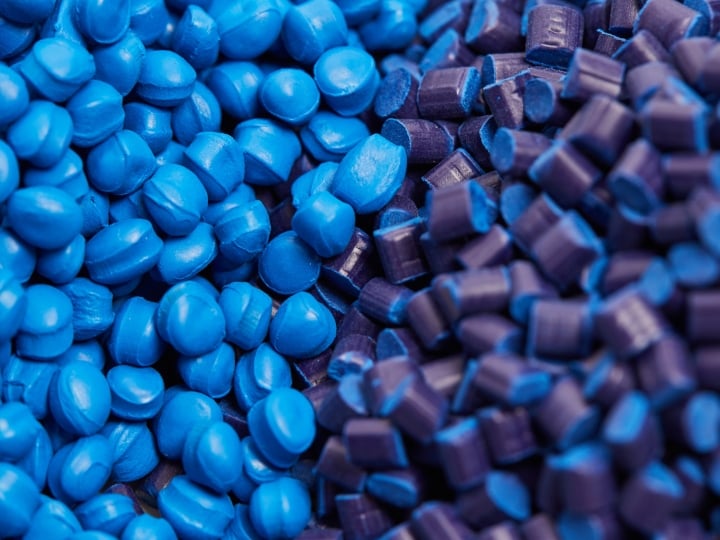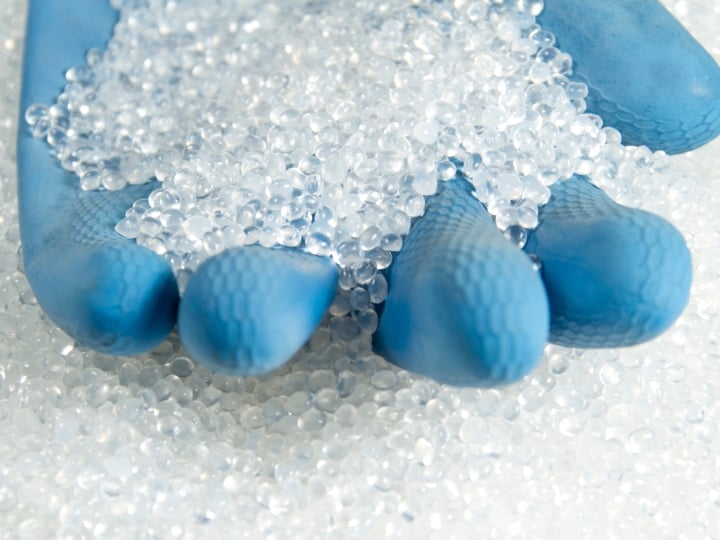Xenon-Arc Exposure of Plastics Intended for Indoor or Outdoor Applications (Weather-Ometer®) ASTM D2565, ASTM D4459, ASTM G155, ISO 4892
Accelerated weathering simulates the damaging effects of long term outdoor exposure of materials and coatings by exposing test samples to varying conditions of the most aggressive components of weathering - light, moisture, and heat. A Weather-Ometer uses a xenon arc light source to provide a radiation spectrum that simulates natural sunlight. Glass filters around the xenon arc modify the light spectrum to simulate the appropriate end use conditions. Moisture is provided by a humidifier and direct spray, and temperature is controlled by heaters. Microprocessors monitor and precisely control the radiation applied to the test samples.
No direct correlation can be made between accelerated weathering duration and actual outdoor exposure duration. However, performance comparisons under the controlled conditions of accelerated weathering can be compared to documented performance of materials and coatings that have experienced extended periods of end use exposure.
Test Procedure:
Up to 60 test samples are mounted in the Xenon Arc and subjected to a cycle of exposure to specified combinations of light, humidity, temperature and water spray. Various cycles are defined by the appropriate specifications depending upon the intended end use application.
Polystyrene Lightfastness Standards are included among the test samples to monitor and verify the performance of the equipment.
These cycles would be continued for extended periods of time - up to thousands of hours - simulating even longer periods of time in the real world.
Specimen size:
Standard specimens are 69mm x 145mm. Smaller sizes, or slightly larger sizes, can be accommodated, but this equipment does not readily accept actual parts.
Data:
Accelerated weathering provides exposed samples for comparison to unexposed control samples. Often several exposure times (such as 500, 1000, and 2000 hours) also will be compared to each other. Depending upon the performance requirements of concern, such a comparison may involve measurements of Haze, Transmission, Yellowness Index, Color Change, and/or physical properties such as Impact Strength.
**Please note that this test description is intentionally generic in nature and aimed at providing a descriptive summary to enhance test understanding. Standards can be obtained from appropriate standard authorities.
Polymers News and Events
Meet our team at K2025 Reach out now
LEARN how CircularAssure helps you to close the loop in the circular economy for plastics
TECHNICAL TALK: Circularity - Addressing Challenges in Material Development through Evaluation Programs
WHITE PAPER: Quality Assurance Strategies for Recycled Plastics
WHITE PAPER: Materials Characterisation for the Automotive Supply Chain
BROCHURE: Injection Moulding Test Specimen Production Catalogue
ARTICLE: Processability and evaluation programmes for recycled plastic materials
ARTICLE: Adhesives Quality Assurance Testing Programs
CASE STUDY: Polymer Surface Contamination Resolution
CASE STUDY: Elastomer Seal Material Failure
CASE STUDY: Polymer Failure - Distribution and Dispersion of Fillers


